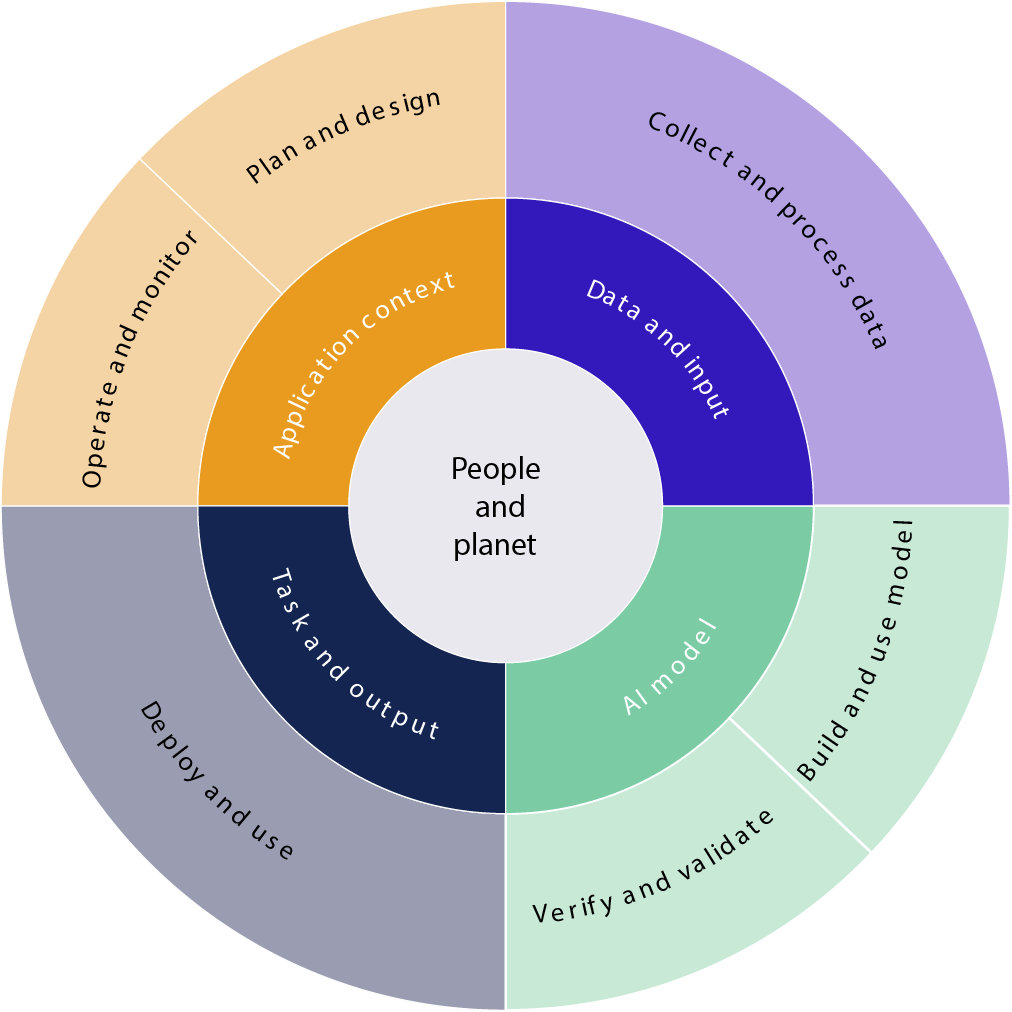Featured Posts
Why I Will No Longer Use GenAI for any Content
I haven’t tried to be subversive in any way with my use of GenAI. I used it to help organize and layout many of my blog posts. But I what never did was to have it unilaterally create content that I wasn’t explicitly about. I’ve used it for research, I’ve used it for organization of content, and to give me options for how to word things.
AI Prompts, Legal Privilege, Liability: A New World of Risks
When employees ask AI tools like Copilot or ChatGPT for security guidance, those conversations may not be private. Recent legal actions show that AI prompts can be discoverable, creating new risks for privilege, insurance coverage, and incident response. This article explores how to prepare your organization, and your legal team, for that reality.
Technology Debt and Vulnerability Management
Technology and security debt aren’t inherently bad; they’re forms of leverage. Learn how to manage vulnerability debt strategically to balance innovation and risk.
Beyond a Scan: How Cybersecurity Testing Powers a Mature Incident Response Program
Security testing isn’t a checklist, it’s a lifecycle. From vulnerability management to red teaming and tabletop exercises, here’s how to orchestrate testing within a mature incident-response program, inspired by Daniel Meissler’s foundational framework.
How To Prepare For an Audit
Audit readiness isn’t about scrambling before the audit—it’s about building predictable, repeatable habits that align security, compliance, and business goals. Here’s how to build a framework that works year-round.
AI Browsers Are Changing the Game: But at What Cost?
AI browsers like Comet are revolutionizing how we research and work, summarizing data, automating analysis, and delivering instant insights. For startups, that’s game-changing. But for regulated industries like banking and healthcare, the promise comes with serious privacy tradeoffs. In this post, CipherNorth breaks down what Comet’s own privacy policies reveal and why enterprise leaders should think twice before letting AI browsers near sensitive data.
Google’s AP2 and the Future of OpenBanking
Google’s AP2 protocol is reshaping the conversation on AI-driven payments, but with little participation from major U.S. banks, the risks of fragmentation are growing. As fintechs and card networks move quickly, it’s time for banks to step up and ensure open banking keeps pace with emerging standards.
Securing Developer Environments in the Age of AI: Balancing Innovation & Safety
As organizations embrace AI assistants and Copilot tools, developer environments face new security challenges. By default, MCP servers can connect from anywhere, leaving networks and codebases open to infiltration. This post explores how enterprises can balance innovation with security using MCP gateways, access restrictions, and enterprise configurations for GitHub and Visual Studio ensuring developers can experiment safely without exposing sensitive assets.
What Is Open Banking?
Open banking is transforming financial services by allowing customers to share data and access new products through secure APIs. From BBVA and JPMorgan Chase’s developer portals to fintechs like Plaid and Chime, open banking enables innovation but also introduces new risks. This article explains how APIs work in banking, the rise of Banking-as-a-Service, the evolution of fraud prevention, and the stages of maturity banks go through as they adopt open banking.
Regulatory Expectations for Startup and Community Banks
Startup and community banks face the same regulatory expectations as large financial institutions without the same resources. Many lean on hosted platforms, small tech teams, and outsourced vendors. But with rising cybersecurity risks, even minor disruptions can have outsized financial and reputational impacts. This post explores how smaller banks can right-size security, avoid common vendor pitfalls, and meet regulator expectations without overspending.
AI Risk in Banking: Preparing for Regulator Expectations
Artificial Intelligence in banking isn’t new, but its speed of deployment and regulatory scrutiny are unprecedented. Banks face a “bandwagon effect,” rushing AI initiatives while balancing risk management, governance, and consumer expectations. Key challenges like explainability and hallucinations require embedding AI into existing model risk frameworks, with strong controls, transparency, and incident readiness to safeguard compliance and trust.
Comparing GenAI Governance Frameworks: OWASP, NIST AI RMF, ISO/IEC 42001, and CipherNorth’s Foundational Approach
Generative AI governance is complex, with multiple frameworks available to address security, risk, ethics, and compliance. Compare OWASP LLM Top 10, NIST AI RMF & 600-1, ISO/IEC 42001:2023, and CipherNorth’s Foundational Framework to find the right approach for your organization’s maturity and goals.
CipherNorth’s Foundational Framework for Responsible GenAI Adoption
Not every organization is ready to implement a full AI governance program, but waiting to set guardrails can expose you to real risks like data leakage, misuse, and compliance gaps. At CipherNorth, we recommend a foundational framework, a streamlined set of policies, safeguards, and processes drawn from NIST, ISO, and other trusted sources, that gives organizations a secure starting point for using generative AI responsibly.
ISO/IEC 42001:2023 What It Is & Why It Matters
ISO/IEC 42001:2023 is an international standard for Artificial Intelligence Management Systems (AIMS), guiding organizations of all sizes to implement responsible AI governance, risk management, transparency, and continuous improvement. Certification demonstrates credible AI oversight, ethical practices, and regulatory alignment.
Adopting NIST AI 600-1 and the AI RMF: A Guide to Managing Generative AI Risks
The NIST AI Risk Management Framework (AI RMF 1.0) offers organizations a structured approach to managing AI risk through four functions: Govern, Map, Measure, and Manage. NIST AI 600-1, released in 2024, extends this framework to the unique challenges of generative AI, addressing issues like hallucinations, copyright, bias, and misuse. Together, they provide a practical foundation for integrating AI governance into existing risk and security programs.
An Overview of the Department of War's Cybersecurity Risk Management Construct
The Department of War’s new Cybersecurity Risk Management Construct (CSRMC) isn’t a revolution, it’s a reframing of existing ideas like continuous monitoring, automation, DevSecOps, and resilience. While the strategic direction is sound, CSRMC lacks the practical guidance such as control sets, telemetry standards, KPIs, and enforcement that operators and contractors need to act. Aligning CSRMC with well-established frameworks like NIST CSF, NIST SP 800-53, CMMC, and CIS Controls would turn vision into practice.
Ransomware: Should I Pay or Not - By the Numbers
Deciding whether to pay a ransomware demand is never straightforward. While the FBI publicly discourages payment to reduce incentives for attackers, the real cost often comes down to downtime, restoration capability, and hidden expenses such as regulatory fines, litigation, and operational disruption. High-profile cases show that the business impact goes far beyond the ransom itself.
Adopting the OWASP Top 10 for LLM Applications: A Practical Guide for Organizations
The OWASP Top 10 for Large Language Model (LLM) Applications highlights the most critical security risks in generative AI systems, from prompt injection to data leakage and misinformation. Updated in 2025, it provides organizations with a practical framework to identify vulnerabilities, strengthen application security, and build trust in LLM-powered tools.
Incident Response Preparedness: Final Thoughts
Effective incident response (IR) goes beyond plans and playbooks. Learn how to embed IR into business-as-usual, leverage third-party support, run exercises, and continuously improve readiness to protect your organization, customers, and stakeholders.
Understanding Generative AI: Opportunities, Risks, and the Path to Responsible Use
Generative AI (GenAI) is moving from hype to practical adoption, transforming industries with tools like ChatGPT and Claude. But along with innovation come new risks, from data security and misinformation to compliance and third-party vulnerabilities. This article breaks down what GenAI is, outlines the unique challenges it creates, and explores frameworks like NIST’s AI RMF, ISO/IEC 42001, and OWASP’s LLM Top 10 that can help organizations innovate responsibly.






















Audit readiness isn’t about scrambling before the audit—it’s about building predictable, repeatable habits that align security, compliance, and business goals. Here’s how to build a framework that works year-round.